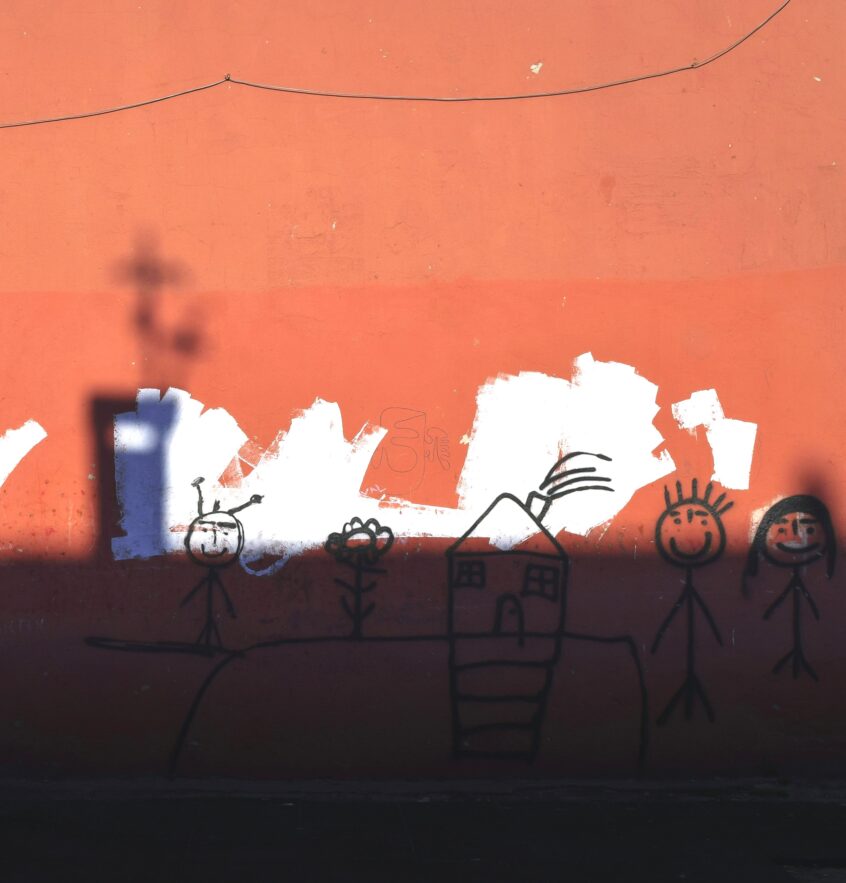World Refugee Day, observed on 20 June each year, is designated by the United Nations to raise awareness about the situation of refugees worldwide. Given the salience of the topic of migration and asylum both in Ireland and across Europe, it is important that discussions on these subjects are situated in the wider context. Below, we provide you with some key statistics from a global to a national focus, as well as recent research by EMN Ireland focusing on international and temporary protection.
The Global Context
According to UNHCR’s latest Global Trends report, 117.3 million people were forcibly displaced worldwide. This figure encompasses refugees under UNHCR’s mandate (31.6 million) as well as Palestine refugees under the United Nations Relief and Works Agency for Palestine Refugees in the Near East (UNRWA)’s mandate (6 million), asylum-seekers (6.9 million), internally displaced people (IDPs) (68.3 million) and other people in need of international protection (5.8 million). This is an increase of 8% on 2022 and continues the year-on-year increase over the last 12 years.
Most forcibly displaced people remained within their country in 2023 (58%). Of those seeking protection in another country, most (69%) remained in neighbouring counties.
The European Context
While globally, 3.6 million asylum applications were lodged in 2023 (UNHCR, 2024), only over 1.1 million of these were lodged in EU+ countries and 90% of these were first time applicants according to EUAA’s Asylum Report 2024. The top four EU+ countries receiving applications were Germany (approximately 30% of the total number of applications), France, Spain and Italy.
A key challenge facing the majority of EU+ states in 2023 related to providing reception to international protection applicants, particularly in light of an increasing number of applications in some Member States, while also responding to arrivals from Ukraine, amidst broader housing and accommodation challenges in some countries.
In addition to international protection, approximately 1 million people fleeing Ukraine were issued with temporary protection status in 2023. In total, by the end of 2023, over 4.3 million people in Europe held temporary protection status.
The Irish Context
Ireland received 13,277 international protection applications in 2023, accounting for approximately 0.3% of the total applications globally and 1.2% of the total applications in EU+ countries. The top 4 countries of origin were Nigeria, Algeria, Afghanistan and Somalia.
As of 31 December 2023, Ireland had provided a total of 103,458 Personal Public Service Numbers (PPSNs) to beneficiaries of temporary protection with 74,912 beneficiaries accommodated by the State. Research by EMN Ireland looked at the access of beneficiaries of temporary protection to entitlements and services in Ireland and found a range of challenges including in accessing employment and education.
The total number of international protection applications in 2023 showed a small decrease on 2022. In 2022, after Ireland emerged from COVID-related restrictions, 13,651 applications were lodged, representing a 186% increase from 2019 (the last comparable year before Covid-19). No single nationality dominated the increase, making it unclear why it had occurred. Research by the ESRI identified two factors likely to have contributed to the increase in applications as a whole (post Covid-19 catch up migration and conditions in countries of origin) as well as factors that could explain the proportional increase in Ireland, such as UK policy changes, secondary movements, social network effects and conditions in and perceptions of Ireland.
Ireland also faced challenges in providing reception accommodation to incoming international protection applicants. This has reduced in some applicants not being offered accommodation. Recently published research by EMN Ireland found that international protection beneficiaries face both mainstream and specific barriers to accessing housing. Mainstream barriers include the lack of available social and affordable housing and inadequacy in mainstream supports such as HAP. Specific barriers for this group include language barriers and a lack of information, discrimination and the ad hoc nature of the dispersal system. These mainstream and specific barriers have resulted in 6,000 beneficiaries of international protection who could in principle move on to autonomous housing continuing to reside in government-provided (IPAS) accommodation, representing 22% of the total number of residents.
EMN Ireland has also published research on labour market integration of international protection applicants Ireland granted international protection applicants the right to work in mid-2018.


